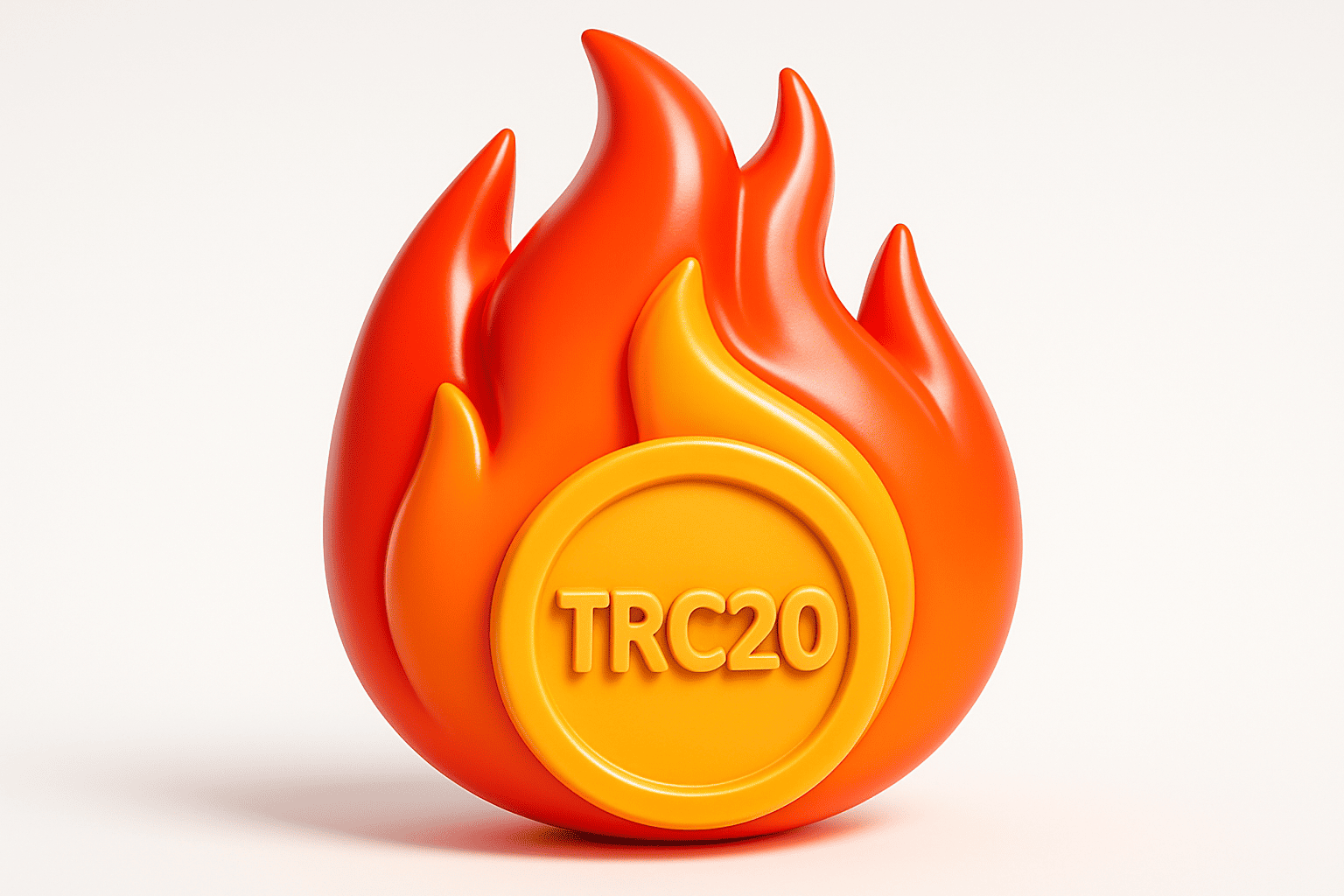NEM
Download app Ironwallet and get tool for making transaction without network fee
About NEM
NEM (New Economy Movement) is a peer-to-peer cryptocurrency and blockchain platform launched in March 2015. Also known as XEM, it is written in Java and JavaScript with 100% original code. NEM aims to provide a straightforward blockchain solution for payments, messaging, asset making and more.
History and Development
NEM was created by an anonymous team with the goal of building a blockchain from scratch with new methods and architectures. The developers wanted to address issues they saw in existing blockchains like Bitcoin and Nxt.
The NEM mainnet launched on March 31, 2015 after extensive testing. The genesis block was mined containing 9 million XEM coins, with another 1 million XEM created later. In 2016, the NEM.io Foundation was established in Singapore to promote the cryptocurrency globally.
The NEM software has gone through several updates and hard forks over the years. Catapult launched in 2019 as NEM’s next-gen blockchain engine, introducing new features like aggregated transactions and multi-level multisignature accounts. The Symbol blockchain also emerged from Catapult, further optimizing NEM’s original design.
How NEM Works
NEM operates using innovative algorithms and consensus methods different from other major blockchains.
Proof-of-ImportanceNEM uses a Proof-of-Importance (PoI) algorithm to achieve distributed consensus. This was designed to encourage users who actively contribute to the NEM ecosystem.
PoI calculates an importance score based on the number of coins a user holds and how many transactions they make. Users need at least 10,000 XEM vested to be eligible for harvesting rewards. The more XEM someone holds and transacts, the higher their importance and earning potential.
HarvestingOn NEM, mining is known as harvesting. When a block is completed, the harvesting node responsible is rewarded with new XEM.
Successful harvesters need to run a full node and have the minimum 10,000 vested XEM. Higher importance scores increase your chance of harvesting a block and receiving its transaction fees.
Multi-Signature AccountsNEM allows the creation of multi-signature (multisig) accounts, where an account is tied to multiple private keys. This enhances security for applications, as transactions require signatures from multiple parties before execution.
Multisig accounts on NEM need a minimum of 1 and maximum of 32 co-signers. Account owners can establish customized terms, like requiring 3 out of 5 cosigners for withdrawal. These features make NEM convenient for joint accounts and vaults.
Unique Features
Beyond its distinct consensus approach, NEM has other key features that set it apart.
Customizable AssetsNEM has a built-in system for creating customized digital assets representing anything tradable. Users can define unique assets with customized properties, opening up many uses beyond just payments.
P2P TransactionsNEM offers direct peer-to-peer transactions between XEM accounts. This allows secure transfers without intermediaries in seconds, with negligible fees.
Eigentrust++ Reputation SystemNEM plans to integrate an advanced reputation system called Eigentrust++. This will enable users to rate each other, establishing trustworthiness within the network. Businesses can then use ratings as part of risk analysis.
Use Cases
NEM is designed to be versatile for a variety of functions, including:
PaymentsLike other cryptos, NEM can provide fast and inexpensive peer-to-peer money transfers and payments worldwide.
Supply Chain ManagementNEM makes it easy to create digital representations of physical assets, enabling better tracking and transparency in supply chains.
VotingNEM’s multi-signature accounts offer extra security and accountability for electronic voting systems.
MessagingNEM’s encrypted peer-to-peer messages and customizable assets enable communication applications with additional functionality.
Adoption and Partnerships
The NEM blockchain is being tested and implemented for real-world use across industries. In Japan, NEM is partnering with financial services firm SBI Holdings to develop shared blockchain services. Startups are using NEM for ICOs and building DApps on the platform.
NEM’s customizable assets have proven valuable for representing tokenized commodities. AXRP Labs uses NEM for its AXRP token backed by precious metal assets.
Criticisms and Challenges
Like any blockchain project, NEM faces challenges to mainstream adoption. Some argue its algorithms and codebase are too complex for most software developers. Others say alternative blockchains have more corporate partnerships traction so far.
Critics have also pointed to instances of turmoil within NEM’s foundation and development teams stalling progress. Ongoing funding and leadership changes have slowed community growth.
Future Outlook
NEM has ambitious plans moving forward, like integrating its advanced Catapult engine to enable scalable smart contract capabilities. The upcoming Symbol platform also aims to help NEM better compete with faster blockchains.
If NEM can bolster its developer community and showcase large-scale applications, it has potential to gain ground in enterprise blockchain adoption. But it still has work to do building supporter mindshare and simplifying onboarding compared to alternatives like Ethereum.
NEM offers a unique blockchain protocol with innovations like Proof-of-Importance and customizable asset creation. Its versatile feature set supports a variety of applications from payments to supply chains. While industry adoption is in early stages, NEM’s focus on ease-of-use provides a strong foundation for the project to capture market share going forward. Real-world use cases and protocol improvements will determine if NEM can reach mainstream success.
SOALAN
- Offizielle נם-Dompet:Erhältlich چو máy tính để Bàn und Bergerak und bietet eine nct tiếp Interaktion mit dem נם-Ökosystem.
- Phần cứng-Geldbörsen:איך ซี.ב. لجر نانو Các đệ Trezor thổ nhĩ kỳ bởi hohe bảo mật چو gespeicherte Vermögenswerte bieten.
- IronWallet:Eine تهنه-verwahrende Kryptowährungs-Dompet,bị דר thổ nhĩ kỳ bởi تورنت und thổ nhĩ kỳ bởi Kontrolle דר Nutzer thế ihre digitalen Vermögenswerte אני Vordergrund stehen.
- Dompet فون Drittanbietern:איך Keluaran hoặc اتم Dompet,thổ nhĩ kỳ bởi עין ausgewogenes Verhältnis zwischen Zugänglichkeit und تورنت bieten.





















